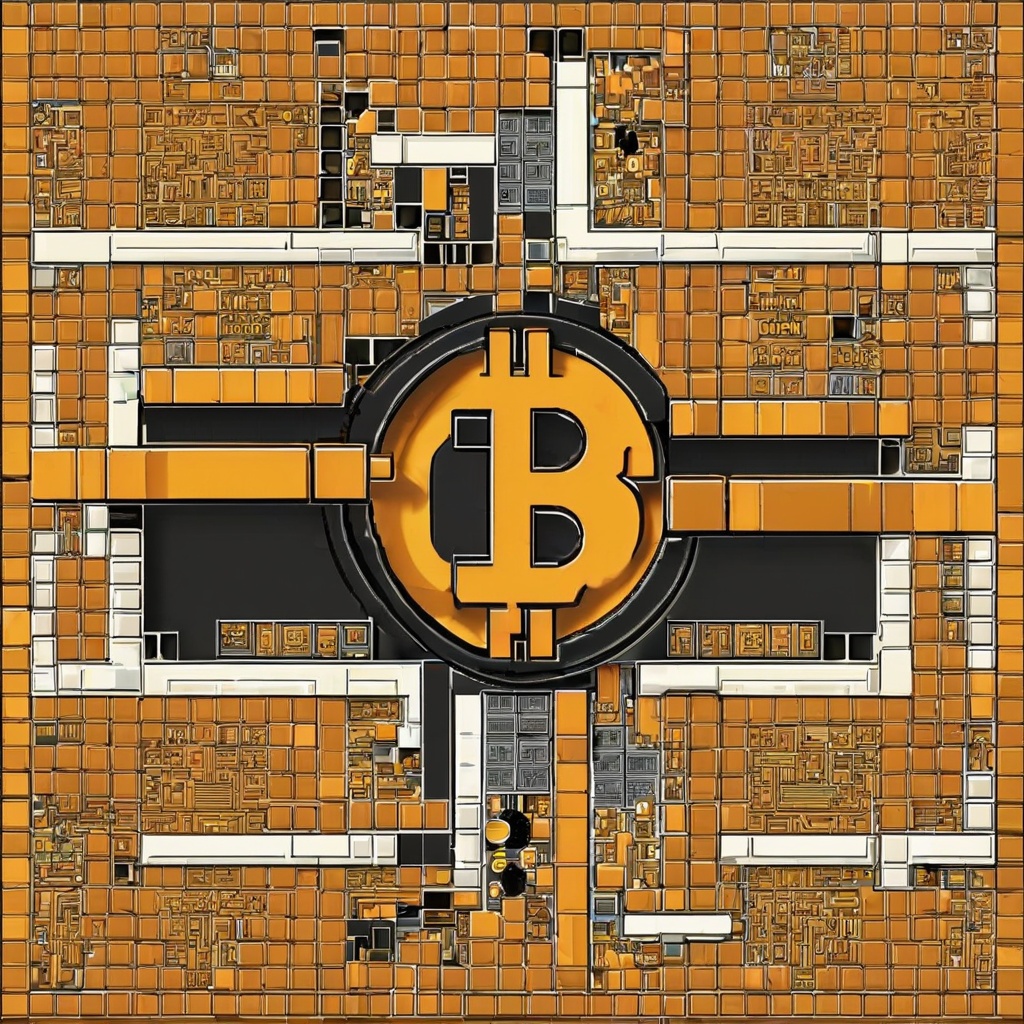What is the difference between a power amplifier and an amplifier?
Can you clarify the distinction between a power amplifier and a regular amplifier? How do they differ in terms of their functionality, usage, and the role they play in electronic systems? What are some specific examples of scenarios where one might be used over the other? Understanding these nuances can help me make better decisions in my projects involving audio or signal amplification.

What is the difference between NMT and NLP?
Could you please clarify the distinction between Natural Machine Translation (NMT) and Natural Language Processing (NLP)? I understand that both are fields within the broader realm of artificial intelligence and computational linguistics, but I'm interested in understanding how they differ in their scope, purpose, and applications. Specifically, I'm wondering about the methodologies, techniques, and challenges that set them apart. Additionally, how do these two areas intersect, and what are some real-world examples where they're being used together to drive innovation in language technology?

What is the difference between Vanar and monkey?
I'm curious, could you elaborate on the distinction between Vanar and monkey? Are they two separate entities entirely, or are they related in some way? It seems that the term 'Vanar' is not as widely known as 'monkey', so I'm eager to understand the nuances that set them apart. Is there a specific context or culture in which the term 'Vanar' is used? I'd appreciate it if you could provide some clarity on this matter.

What is the difference between NMR and qNMR?
Could you please clarify the distinction between NMR and qNMR for me? I understand that both are techniques used in analytical chemistry, but I'm not sure how they differ in their applications, accuracy, or any other key aspects. Is one technique more suitable for certain types of analyses than the other? I'd appreciate any insights you could provide to help me better understand the differences between NMR and qNMR.

What is the difference between Uniswap and v3?
I'm curious to know, what sets Uniswap and its latest iteration, Uniswap v3, apart from each other? Could you please elaborate on the key differences in terms of their functionality, efficiency, and perhaps even the user experience they offer? Understanding these nuances is crucial for traders and investors alike who are navigating the decentralized finance landscape.

